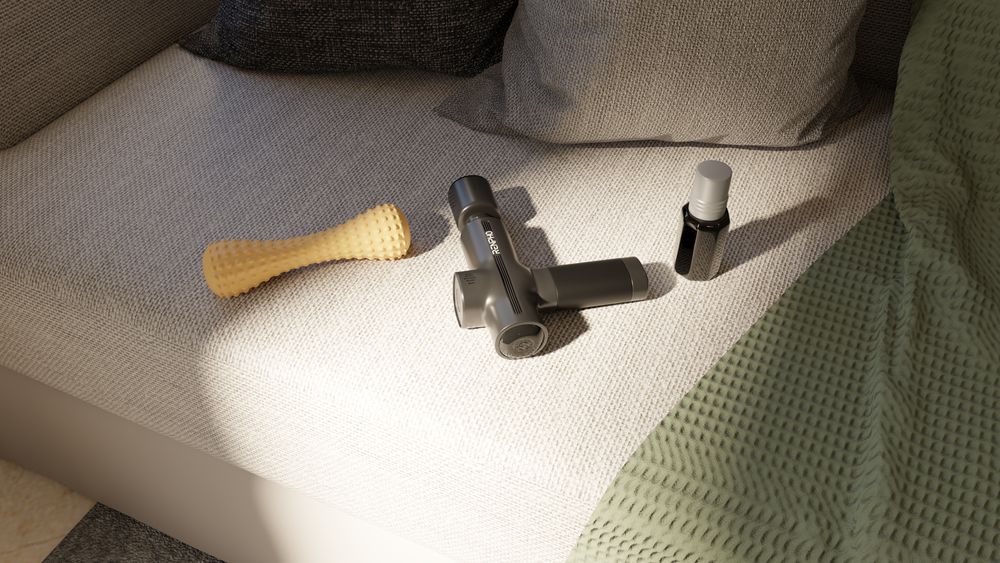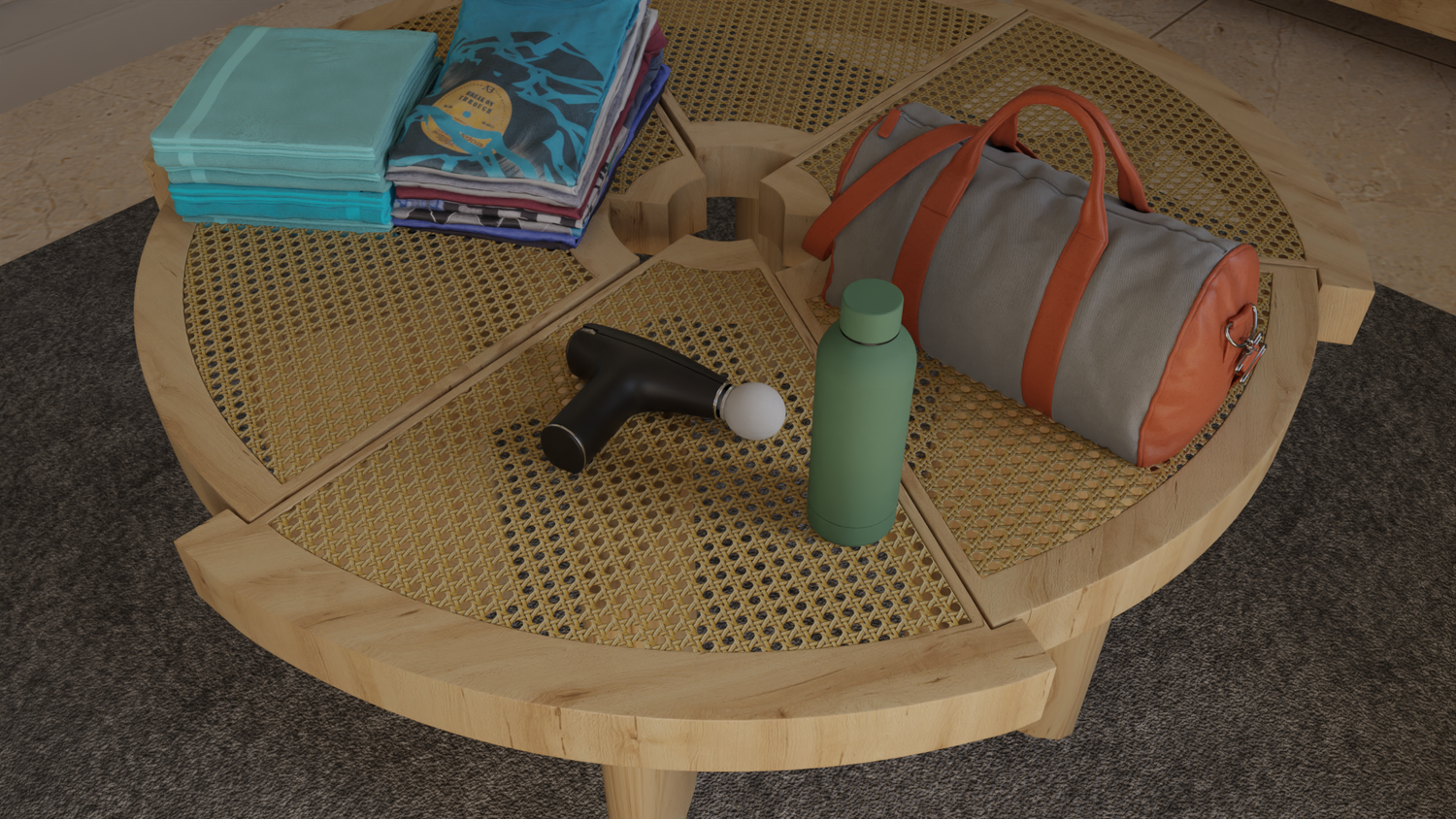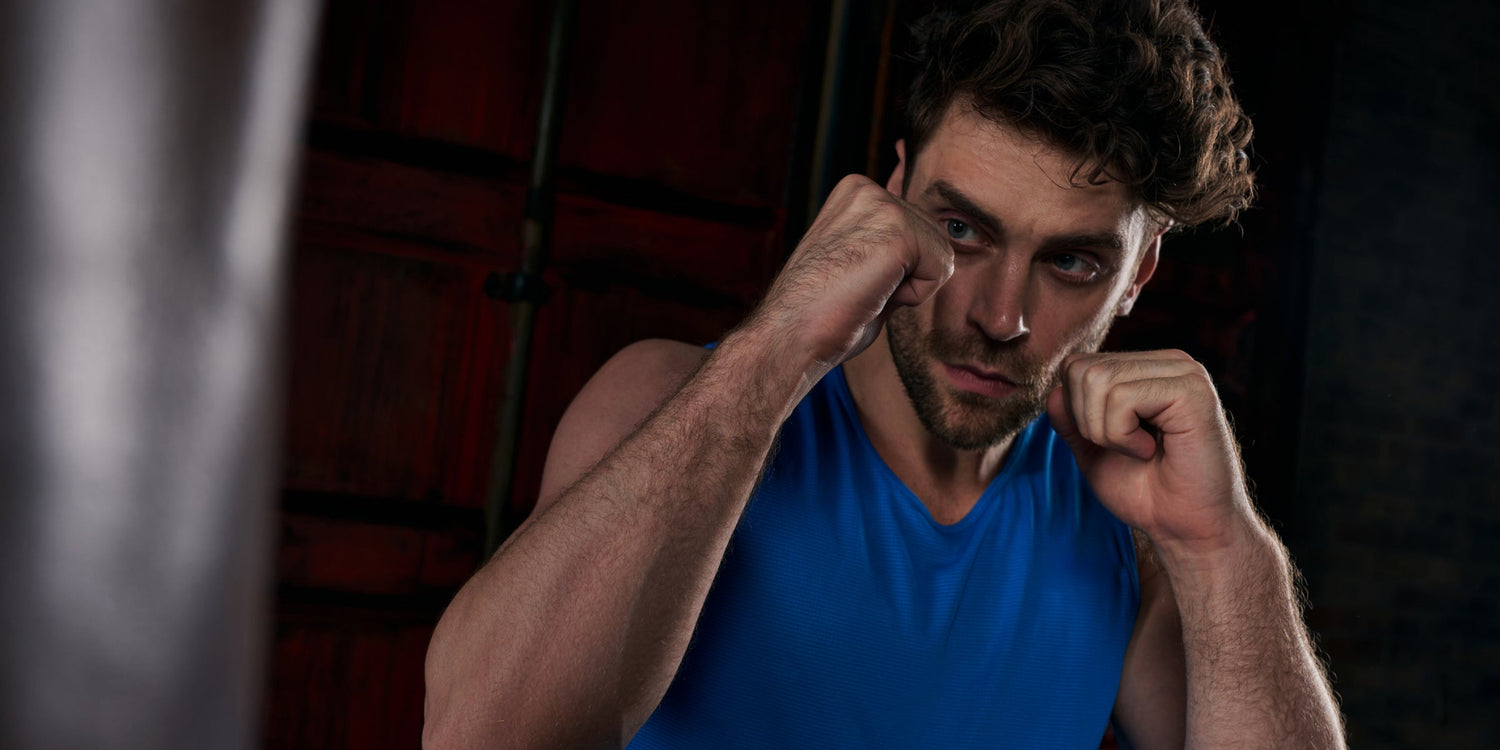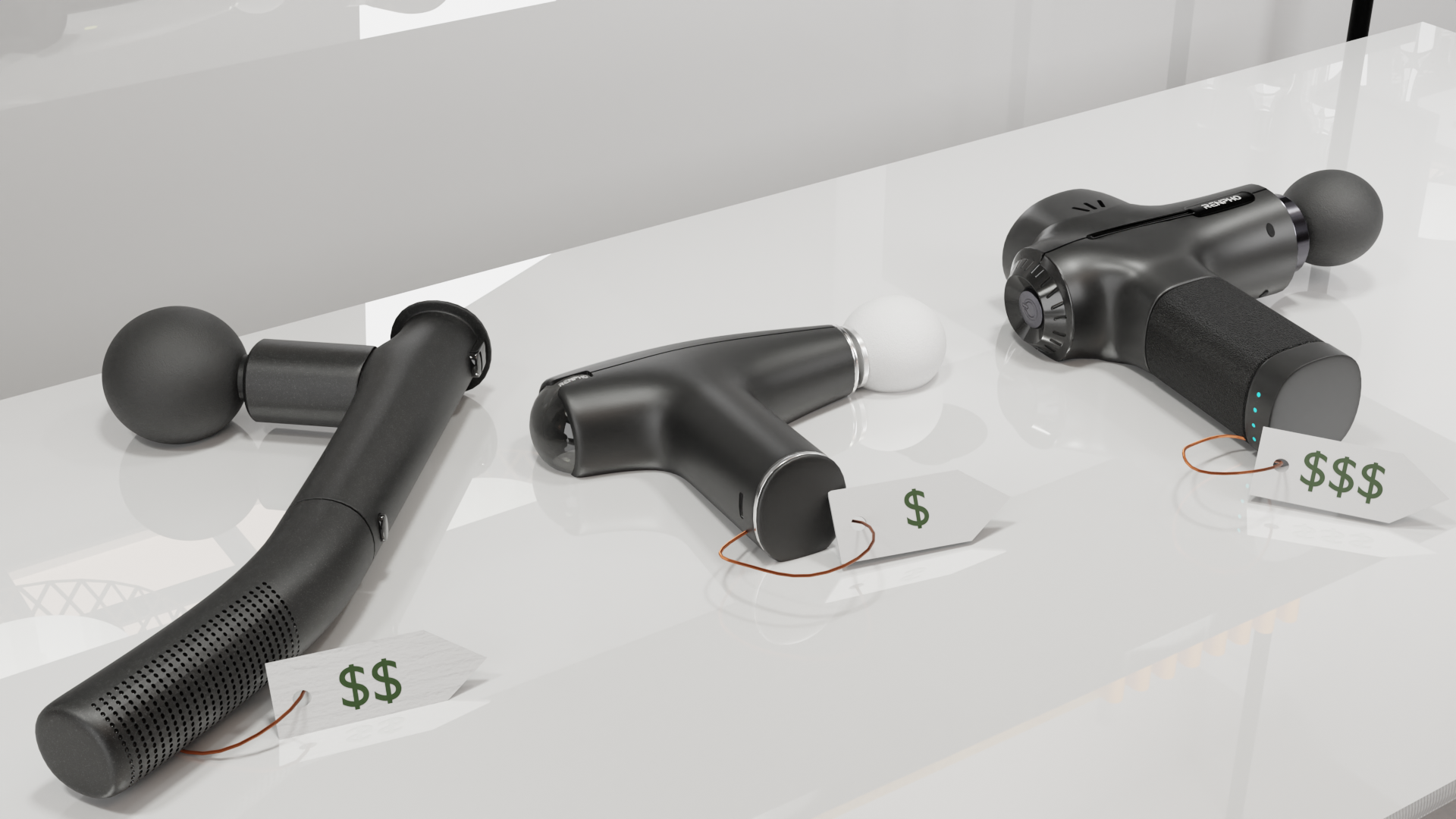DIY Foot Reflexology: 5 Simple Techniques for Home Practice

Stay tuned to our latest news
Foot reflexology, an ancient practice rooted in the belief that specific areas on the feet correspond to different organs and systems in the body, allows one to stimulate healing, promote relaxation, and improve overall well-being. The best part? You can easily learn and practice foot reflexology techniques without leaving the comfort of your own home.
So, here are five simple yet effective techniques for DIY foot reflexology that you can incorporate into your self-care routine. Whether you're seeking stress relief, pain management, or a boost in energy levels, these techniques will help you take charge of your overall health and well-being.
What Are the Benefits of Foot Reflexology?
Foot reflexology is based on the belief that specific reflex points on the feet correspond to different organs and functions within the body. By stimulating these reflex points, vital energy is said to be sent to balance and promote the proper functioning of the associated organs and systems.
One of the primary benefits of foot reflexology is its ability to promote relaxation and reduce stress and anxiety. The gentle pressure applied to the reflex points can help to release tension and induce a state of calmness, thereby improving overall well-being. Additionally, it has been found to alleviate pain and improve digestion, making it beneficial for individuals suffering from various health conditions.
Many people also turn to foot reflexology to boost their immunity and enhance their overall health. By stimulating the reflex points on the feet, the body's natural healing processes may be activated, helping to prevent illnesses and promote general wellness.
Why Choose DIY Foot Reflexology at Home?
DIY foot reflexology at home offers a range of benefits that make it an attractive option for self-care enthusiasts. Firstly, it is highly accessible as it requires no specialized equipment or extensive training. With a basic understanding of the reflex points on the feet and some simple techniques, you can begin practicing right away in the comfort of your own home. Additionally, DIY foot reflexology is incredibly convenient. You can incorporate it into your daily routine without the need to schedule appointments or travel to a spa or clinic. This flexibility allows you to practice whenever it suits your schedule and needs.
Another advantage is its cost-effectiveness. Regular visits to a professional reflexologist can be expensive over time. By learning and practicing the techniques at home, you can enjoy the benefits of foot reflexology without straining your budget. Moreover, practicing foot reflexology at home allows for greater customization. You have the freedom to tailor your sessions based on your specific needs and preferences. Whether you want to focus on certain areas, adjust the pressure, or incorporate additional relaxation techniques, you can freely personalize the experience to suit your liking.
Engaging in DIY foot reflexology also empowers you to take an active role in your well-being. By learning about the reflex points on your feet and understanding how they connect to different parts of your body, you become more attuned to your own health. This knowledge allows you to address minor imbalances and promote overall wellness on your own terms.
What Are the Risks of DIY Foot Reflexology?
DIY foot reflexology can carry potential risks if not performed correctly. Applying too much pressure or using improper technique can lead to injury or discomfort. It is important to use the correct amount of pressure and to be aware of any discomfort or pain during the process. Inexperienced individuals may unintentionally cause tissue damage, bruising, or aggravate existing foot conditions. It is crucial to be mindful of the sensitivity of certain reflex points and to avoid excessive force.
To properly perform DIY foot reflexology without causing harm, it is essential to start with gentle pressure and gradually increase as needed. If unsure about the correct technique or the appropriate amount of pressure to use, it is best to consult with a professional reflexologist. They can provide guidance and ensure that the technique is performed safely. DIY foot reflexology can be beneficial when done correctly, but it is important to be cautious and avoid potential injury by using the correct pressure and technique.
How to Do DIY Foot Reflexology at Home?
With a few simple techniques and some basic knowledge of the foot reflexology map, you can easily perform a DIY foot reflexology session in the comfort of your own home. So, let's dive into how to do it at home and start reaping the benefits of this natural and holistic approach to wellness.
5 DIY Foot Reflexology Techniques
The reflex points on the foot correspond to specific areas of the body, such as the brain, spine, kidneys, liver, stomach, and more, as shown in a foot reflexology map. Pressure can be applied using the thumb, fingers, or a small massage ball to stimulate these reflex points.
The first technique for foot reflexology is thumb walking. Sit comfortably and use your thumbs to apply gentle pressure in a walking motion from the heel to the toe. Focus on different areas of your foot and target specific reflex points by applying slightly more pressure. The second technique is toe rotation. Take each toe between your index finger and thumb and rotate it in a circular motion, starting from the base and moving toward the tip. This helps release tension and stimulate reflex points on the toes.
For the third technique, try the arch roll. Place a small massage ball or tennis ball on the floor and step onto it with one foot. Roll the ball back and forth along the arch of your foot, applying enough pressure to feel a comfortable stretch and massage. Repeat on the other foot. This technique is great for relieving tension in the arches of your feet. If reaching your feet is challenging, you can practice hand reflexology as the fourth technique. Use your thumb to apply pressure and make small circular motions on the palm and fingers of your hand. Each hand corresponds to the opposite side of the body, so this technique stimulates reflex zones related to different organs and systems.
Lastly, the fifth technique is ankle flex and rotate. Sit with your leg extended and hold your foot at the ankle. Gently flex your foot backward and forward to feel the stretch in your ankle and the movement in your foot. Then, rotate your ankle in clockwise and counterclockwise directions. This technique improves circulation, relaxes the ankle joint, and stimulates reflex points in the ankle area.
Remember to adjust the pressure according to your comfort level and create a relaxing environment while practicing these techniques. Regularly incorporating these DIY foot reflexology techniques into your self-care routine can contribute to your overall well-being, providing relaxation and balance in your daily life.
5 DIY Foot Reflexology Tools to Help You
When practicing DIY foot reflexology, several tools are available to enhance your experience and provide additional benefits. Here are five DIY foot reflexology tools that can assist you in your practice:
- Massage Balls: Massage balls are small, portable tools that come in various sizes and textures. They are designed to provide targeted pressure and help release tension in specific areas of your feet. You can roll one under your foot or use it to apply pressure to reflex points. Experiment with different sizes and textures to find the one that suits your needs best.
- Foot Rollers: Foot rollers are cylindrical devices with textured surfaces that allow you to massage the soles of your feet. By rolling your foot back and forth on the roller, you can stimulate the reflex points and improve circulation. Foot rollers are especially beneficial for relieving foot pain, plantar fasciitis, and tired feet.
- Reflexology Mats: Reflexology mats are specifically designed with raised bumps or nodes to target the reflex points on your feet. By standing or walking on these mats, you can stimulate the reflexology points and promote overall well-being. Some mats are also equipped with magnets or infrared therapy for additional benefits.
- Massage Gun: A massage gun is a versatile tool that can be used to provide percussive therapy to your feet. The rapid pulsations and vibrations from the massage gun can help relax muscles, release tension, and improve blood circulation. Use different attachments and adjust the intensity to target specific areas and reflex points on your feet.
- Essential Oils: While not a physical tool, essential oils can greatly enhance your foot reflexology practice. Certain essential oils, such as lavender, peppermint, or eucalyptus, have relaxing and therapeutic properties. You can add a few drops of essential oil to a carrier oil and use it for massaging your feet during the reflexology session. The aroma and properties of the oils can promote relaxation and further boost the benefits of foot reflexology.
These DIY foot reflexology tools can complement your practice by providing targeted pressure, additional stimulation, pain relief, and relaxation. Experiment with different tools and find the ones that work best for you. Remember to always follow proper instructions and listen to your body while using these tools to ensure a safe and enjoyable experience.
Takeaway
DIY foot reflexology offers a convenient and accessible way to promote relaxation, relieve pain, and enhance overall well-being. By stimulating specific reflex points on the feet, you can experience the benefits of this ancient practice from the comfort of your own home. Just remember to practice proper technique, adjust the pressure to your comfort level, and be aware of any potential risks. With it, you can take charge of your self-care and enjoy the rejuvenating effects it provides.
Renpho Health Tips
-

Massage Therapy on the Move: How to Choose the Ideal Travel-Friendly Massage Gun
February 21, 2024
Read more >
-

How Martial Arts Can Empower You: A Guide to Building Strength and Confidence
February 15, 2024
Read more >
-

When Foot Reflexology Hurts: A Closer Look at the Discomfort
February 15, 2024
Read more >
-

Taking a Closer Look: Are All Massage Guns Created Equal?
February 13, 2024
Read more >
-

Massage Guns 101: Do You Need to Invest in One?
February 12, 2024
Read more >





